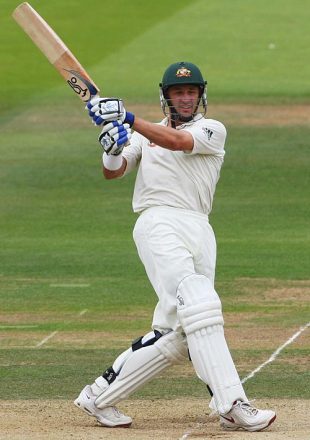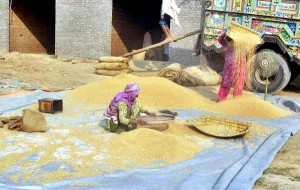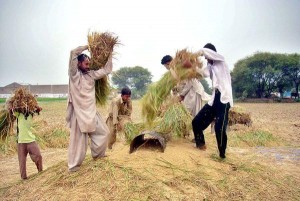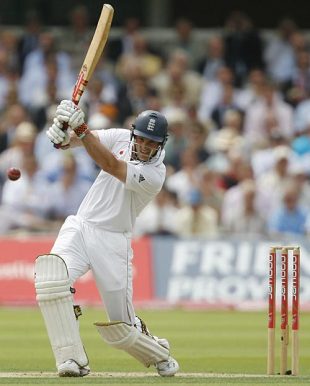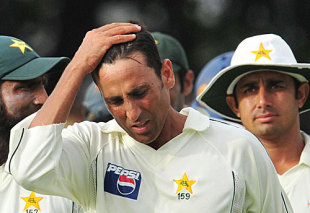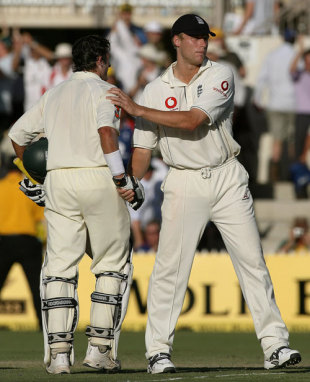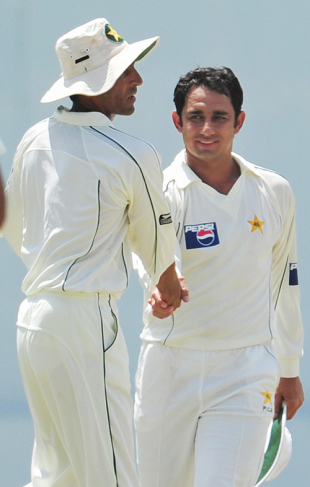After few blogs on HIT and principles of HIT I thought that I should write a blog on the most important concern of common people as well as a bodybuilders. So I chose the topic of fat loss.
I don’t want to give you an illusion regarding easy ways of fat loss. Had they been really easy we would not have so many heart attacks and obesity problems on the planet.So let us not go behind the misleading easy ways but let is look at fat loss from a intelligent vision. So that we can optimize out fat loss and attain our health goals. This blog is fully about diet and lifestyle.
Don’t starve while you diet
Drastic weight loss can cause issues with your body's metabolism and muscle mass. When you lose a lot of weight quickly, you really need to strictly monitor where the weight is coming from. Is it water weight, body fat or muscle mass? The majority of the time, it unfortunately comes from lean muscle mass and this is exactly what causes serious issues with your metabolism. Muscle is your body's most potent and active tissue for burning calories and body fat. It's basically your body's "furnace" and you always want to keep it burning hot. When someone loses a lot of weight, which usually comes from crash dieting or some other unhealthy way of dropping the weight, the body's lean muscle mass is eaten up and the person loses some of the most powerful tissue for keeping a lean body.
Drink lots of water
Adequate water consumption provides the main foundation for any weight loss program. It is probably the most overlooked and underrated strategy there is… Our bodies are over 70% water and it needs a large amount of this liquid to maintain its daily functions. Water helps to flush our systems and remove harmful toxins.
Water is useful in a variety of bodily functionalities like,
-Regulating body temperature
-Lubricating the joints
-Nutrition transportation
-Removal of waste from body
-Aids proper digestion
-Maintains the texture of the skin
It provides various benefits such as
-Helps in proper kidney function, which increases the ability of liver to burn fat efficiently.
-Acts as a appetite suppressant
-It helps body function at its optimum, which makes fat burning a easy process for the body.
Increase your protein intake
Make sure to include a lean protein source at every meal. Shoot for 1 gram of protein per pound of body weight.
The benefits of high protein diet is amazing. Here are a few
-By eating enough protein, you will keep your nitrogen levels high which supports muscular repair and growth.
-Protein has a thermogenic effect of 30% which makes it the highest thermogenic food compared to all other nutrients. This means that for every 100 calories of protein you eat, 30 calories are burned by your body to digest the food leaving you with a net 70 calories
Eat thermogenic foods
Thermogenic foods are the ones your body uses maximum energy (calories) in order to properly digest. Some of the greatest thermogenic foods are vegetables like broccoli, cauliflower, mushrooms, squash, celery, zucchini, peppers, lettuce and green beans. These foods are very low in calories which allow you to include a large quantity of them in your diet.
Build lean muscle mass
Weight training builds lean muscle mass. By building muscle you will be adding the most potent fat burning tissue to your body. Muscle tissue is the most metabolically active tissue in your body, so make sure to build as much as possible.
Studies on thermogenic effect of muscle:
Studies have estimated that for each pound of muscle you add to your body, you burn an additional 35 to 50 calories per day.
So, an extra 10 pounds of muscle will burn approximately 350 to 500 calories per day, or an extra pound of fat every 7 to 10 days.
Eat frequent small meals
Many people who are trying to lose body fat believe that you must eat less often to get rid of those extra pounds. Sure, you may need to lower your daily caloric intake to burn more calories then you're taking in, but you should actually eat more often per day to help burn fat. Instead of 2 or 3 larger meals per day. you should try to eat 5 or 6 smaller meals every day.
If you eat 3 large meals per day you'll have a long time in between meals. The larger amount of calories and food consumed at each meal combined with longer periods between meals will put the body in a state where it tries to hold on to that extra body fat. It's human nature - if the body is put through a period of time (even 5 or 6 hours) between meals after you consume half or a third of your daily caloric intake in one meal, it will go into a small starvation mode that'll make it keep the fat on your body from being burned. Your metabolism will be slower between meals as well. Waiting too long between meals will also cause you to be hungrier when you eat again, which means that you may may take in more calories than you should at that meal. Eating too much at a meal will likely make you lethargic and unenergetic afterwards - not good if you're trying to keep your metabolism high to burn fat.
Eat fiber
Fiber will give you a feeling of fullness with a limited amount of calories. Fiber also helps to reduce constipation, indigestion, gallstones and cholesterol, and assists in combating heart disease and some cancers. Eat a variety of fibers (soluble and insoluble). A varied, high fiber, healthy diet will provide both. Soluble fiber comes from fruits and insoluble fiber comes from whole grains. Fiber rich foods include oat bran, beans, lentils, fruit, vegetables, whole wheat bread, brown rice and oatmeal.
Decrease your sugar intake
One of the best things you can do to drop excess body fat is to decrease your intake of sugar. Start gradually decreasing high sugar foods. If you want to cure a sweet tooth, try frozen grapes. By decreasing your sugar intake, you will be able to control your insulin levels which will help unlock your body's ability to start burning stored body fat.
Eat good fats
By right fat, I mean non-saturated fat - both polyunsaturated and monounsaturated. This type of fat or oil has numerous health benefits.
It transports fat-soluble vitamins A, D, E and K throughout the body.
It cushions and protects internal organs.
Essential fatty acids (EFAs), benefit your heart, metabolism and immune system.
Some EFAs are used by the body for structural, hormonal and electrical functions rather than for energy. These EFAs increase metabolic rate and increase fat burn off resulting in loss of weight.
Here are some basic guidelines for how to choose the best type of fat.
- For cooking, choose extra virgin olive oil
- For salads, choose from flax oil, canola oil, soy oil, extra virgin olive oil, wheatgerm oil, walnut oil, hemp seed oil.
- Eat regular helpings of oily fish like salmon, mackerel, sardines, tuna.
Please don’t skip your breakfast
Always try to eat a very nutritious breakfast Eating a healthy breakfast is crucial for providing the correct fuel to get you going. Your body has been fasting for 6-10 hours from sleeping and is primed for re-fueling.
Researchers have found that people who ate breakfast every day were 1/3 times less likely to be obese compared to those who skipped the meal. In addition, they were half as likely to have blood-sugar problems, which increase the risk of developing diabetes or having high cholesterol, which is a known risk factor for heart disease. The researchers believe that eating first thing in the morning may help to stabilize blood sugar levels, which regulate appetite and energy. They suggest people who eat breakfast are less likely to be hungry during the rest of the day and are, therefore, less likely to overeat.
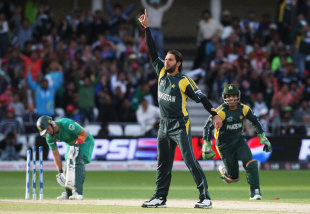



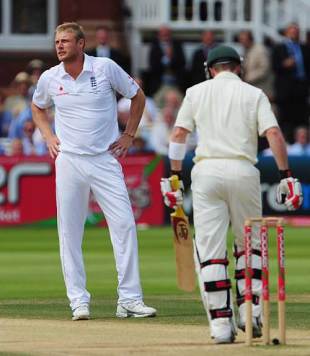

 With the kind of flight that the cutie-pie has taken to stardom these days, its not surprising that is showcase will be full of awards and rewards galore. The latest one in his kitty will be in the form of the prestigious Rajiv Gandhi Awards that is given to a person who shows eminence in his chosen field. The award function will be held in the second week of August, just around the release of Shahid's most anticipated film till date -
With the kind of flight that the cutie-pie has taken to stardom these days, its not surprising that is showcase will be full of awards and rewards galore. The latest one in his kitty will be in the form of the prestigious Rajiv Gandhi Awards that is given to a person who shows eminence in his chosen field. The award function will be held in the second week of August, just around the release of Shahid's most anticipated film till date - 